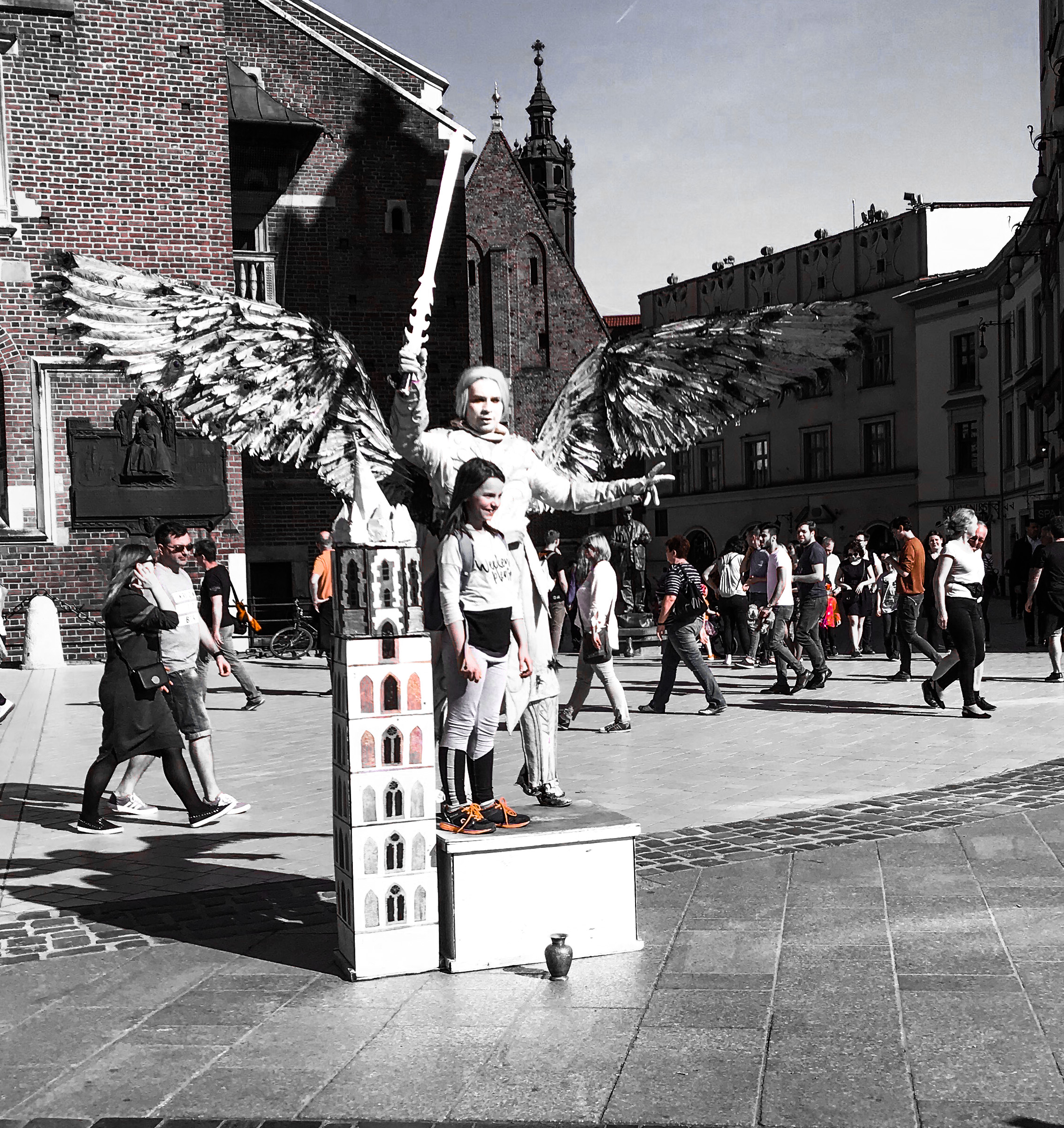House of the Black Madonna

The first Cubist building in Europe, the House of the Black Madonna, was designed by Josef Gočár in 1912 and was built as a department store. A copy of a Baroque statuette of the Black Madonna adorns the corner of the building, giving it its name.

Following an extensive renovation of the building in 2002 and 2003, the Museum of Czech Cubism opened its doors here. There is an entrance fee to see the museum. Visitors can see Cubist visual art on the fourth and fifth floors of the House of the Black Madonna, where the museum is housed. In 2005, the Grand Café Orient was restored to its former glory, with the help of old black-and-white photographs of the original interior. It is a sort of living museum of Cubism, since it provides a rare glimpse at one of the few Cubist interiors that exist today.


While the studios of Picasso and Braque were key to Cubism in the applied arts, Cubism in architecture is a unique, purely Czech phenomenon. The Czech Republic is, evidently, the only country in the world where Cubism is manifested in specific buildings.
Rejecting the curvilinear, fluid lines of art nouveau, Prague architect Pavel Janák, a central figure in Czech cubist design , was inspired by the flat surfaces, sharp edges, and oblique lines in the structure of the inorganic crystal, which represented to him an expression of spirituality.

The zigzag angles, the break in the line of a chair leg, or the dark stained wood immediately attract your attention to Czech cubist furniture. Each wooden element is beveled into the planes of a prism, resulting in the unique designs produced during a few brief years before World War I in what is now the Czech Republic.



About The Author
admin
Related Posts
Spring has sprung in and out Krakow
The mimes are out in the Main Square. The ermines are out. Outdoor…
April 25, 2018Without atmosphere a painting is nothing
For twenty years the Netherlands’ greatest artist Rembrandt Harmenszoon van Rijn lived and worked in…
April 25, 2018

